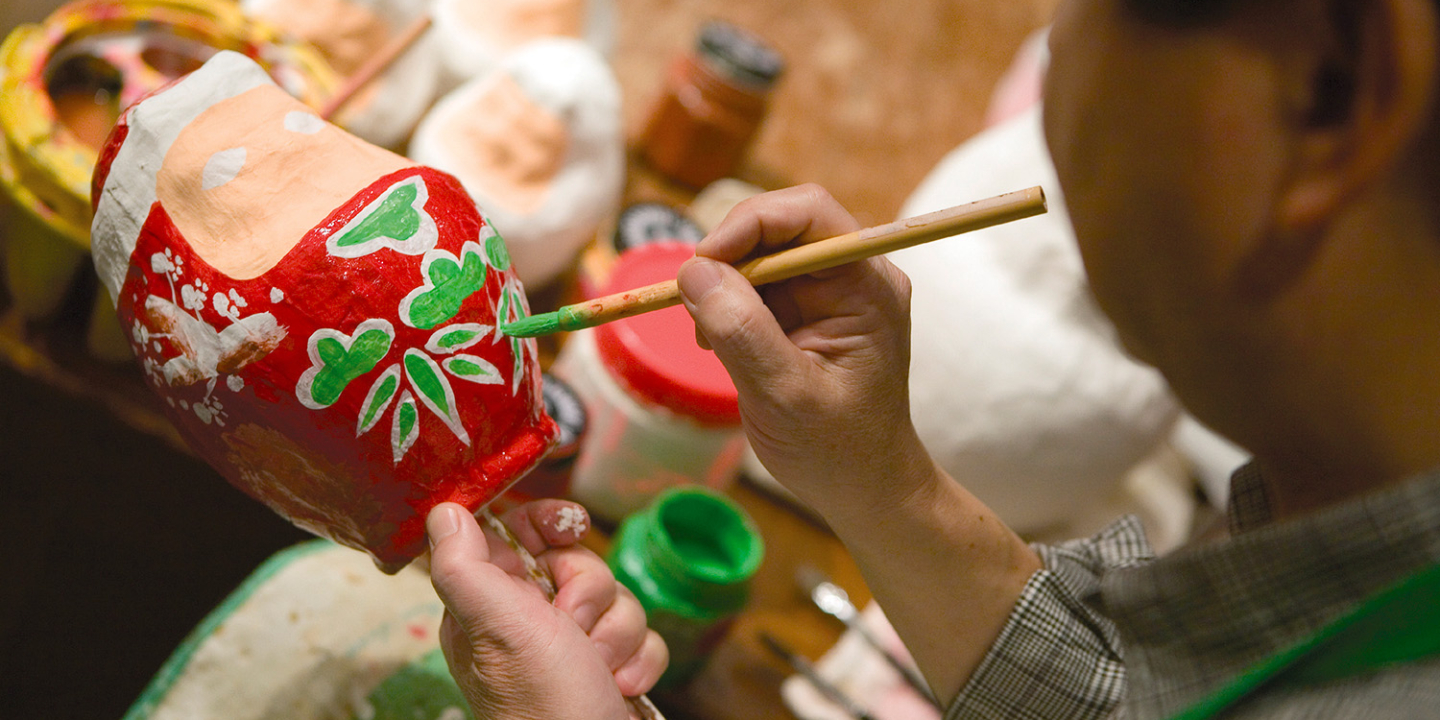Located in Fukuoka’s downtown neighborhood of Hakata, the Hakata Machiya Folk Museum gives you a glimpse into everyday life and culture in Hakata, particularly during the Meiji and Taisho periods. You can also learn about the city’s history, festivals and traditions.
The building was originally the workshop and residence of a Hakata textile weaver during the mid-Meiji period. The building was later moved to its current location in front of Kushida Shrine and restored. Its Machiya Building is a designated cultural property of the city of Fukuoka.
Despite its narrow frontage, inside you will be welcomed by an impressive spacious interior thanks to the large, high atrium and connecting corridors decorated with thick central pillars and carvings.
In addition to the charm of the building itself, you can also enjoy watching as museum artisans perform Hakata-ori weaving demonstrations, and you can even try your own hand at weaving with a little help from the artisans.
Hakata-ori is said to have originated in the Kamakura period (1185-1333), and was even presented to the shogunate during the Edo period (1603-1868). This is why the unique Hakata-ori weaving pattern has come to be known as the kenjo-gara (kenjo meaning “offering given to a superior” and gara meaning “pattern”). It is also known for its silky texture, making it easy to wear.
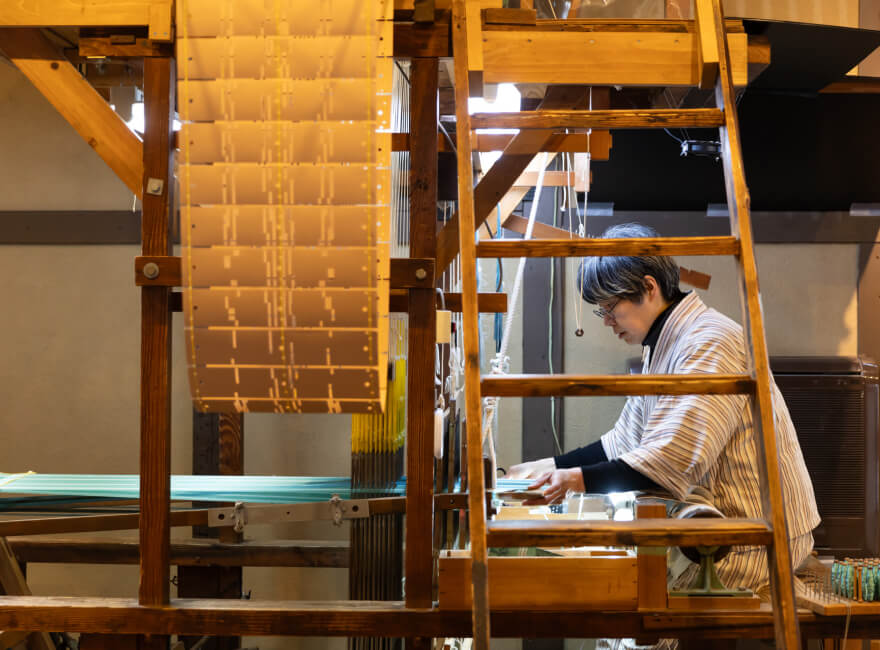
Since the introduction of mechanized weaving, the number of remaining artisans who can still weave Hakata-ori by hand has dwindled in recent years. This is therefore a valuable opportunity to meet these precious Hakata-ori craftsmen in person and experience hand weaving for yourself.
The museum also has a number of Hakata-ori textiles on display.
You can also watch demonstrations and get hands-on instruction given by local traditional artisans, which is an opportunity you won’t often come by.
You can experience making traditional Hakata handicrafts such as painting Hakata dolls, Hakata papier-mâché, and Hakata koma (spinning tops), as well as making Hakata magemono (traditional wooden handicrafts), and more.
From the Exhibition Building, named after this traditional machiya house built in the middle of the Meiji period (1868-1912), you can learn all about the history of people’s lives in Hakata during the Meiji, Taisho, and Showa periods.
The buildings and cityscape of Hakata may have changed dramatically, but the open-minded and unconventional spirit of Hakata and its people, along with its many festivals and traditions, have been handed down to the present day. Learning about the culture of Hakata’s past just might help us understand the origins of Fukuoka culture today.
At the souvenir shop you will find a variety of Hakata souvenirs, including traditional Hakata crafts, local confections, Yamakasa goods, books and more.
The Hakata Machiya Folk Museum is located just moments from Kushida Shrine, the guardian shrine of Hakata, so be sure to check out Kushida Shrine as well while you’re in the area.
The surrounding area itself offers a wide variety of shops and more, making it another popular destination among visitors.
And if you go just a little bit further, you can also enjoy Hakata’s food stalls.
Hakata Machiya Folk Museum
Location: 6-10 Reisen-cho, Hakata-ku, Fukuoka-shi, Fukuoka 812-0039
phone number: 092-281-7761
Hours: 10:00 a.m. – 6:00 p.m. (Admission until 5:30 p.m.) *The museum opens at 9:00 a.m. in July and August. Souvenir shop opens at 10:00 a.m.
Closed: 4th Monday (or the following weekday if the day falls on a national holiday) *The souvenir shop is open from December 29 to December 31.
https://www.hakatamachiya.com/
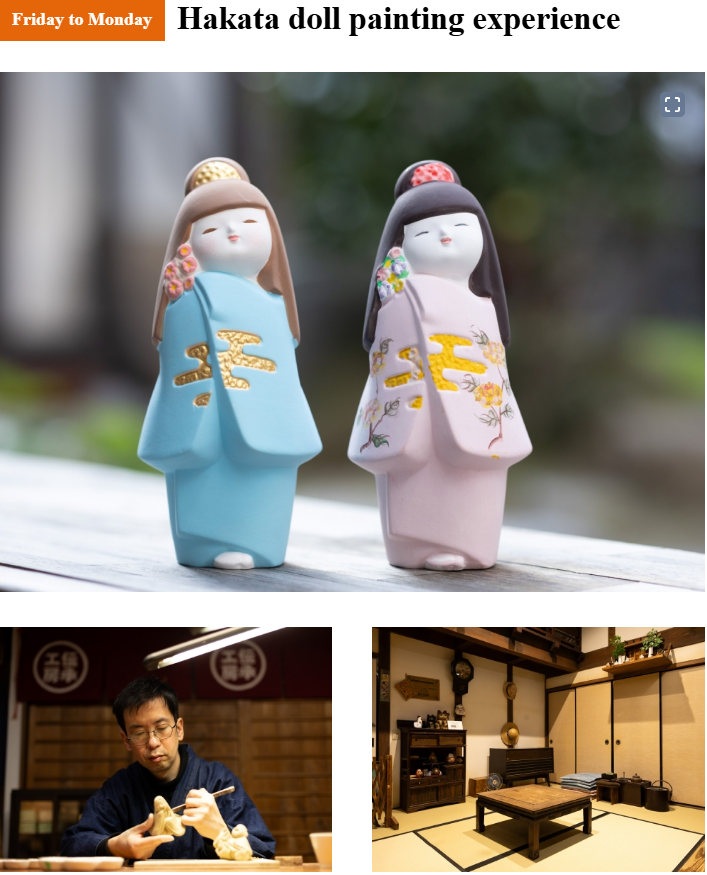
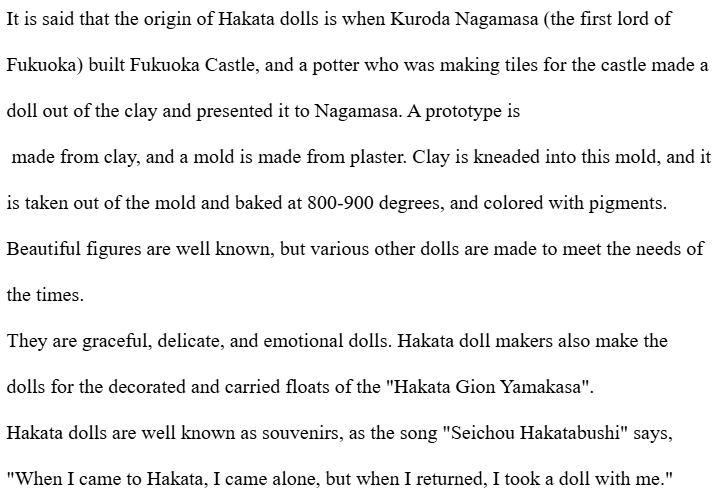
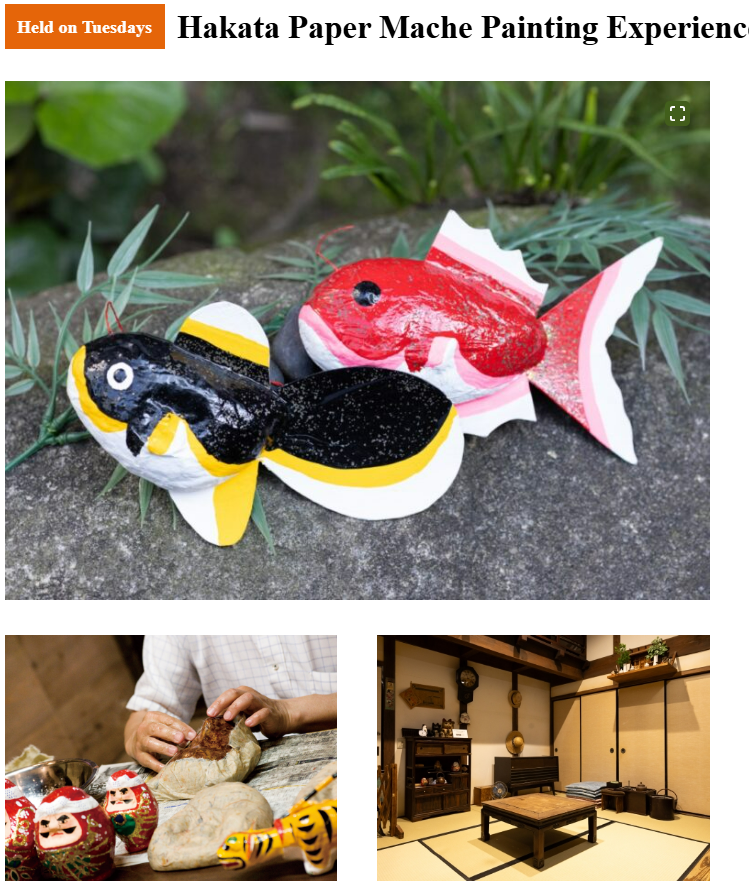
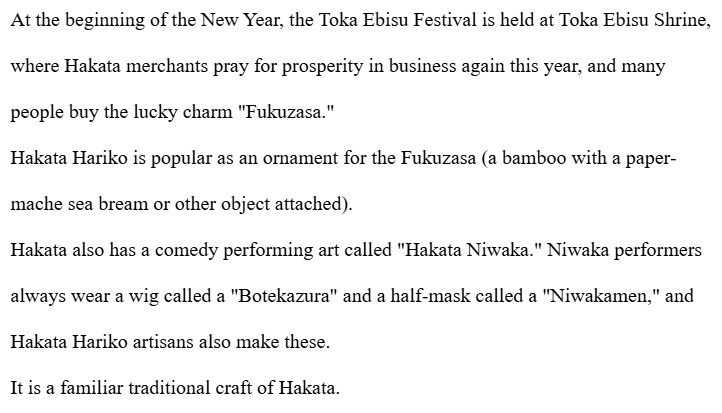
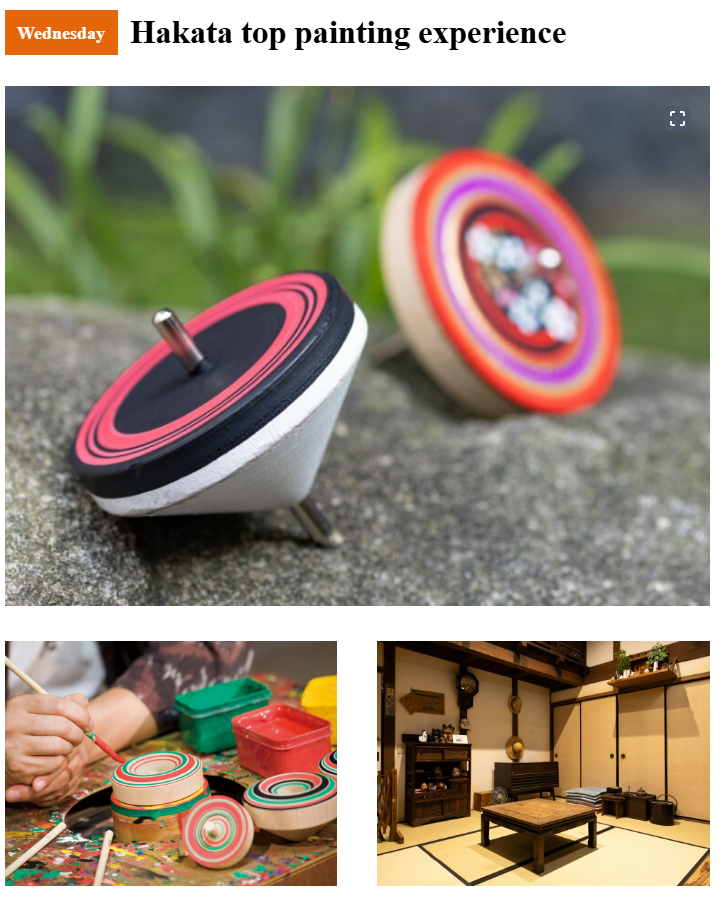


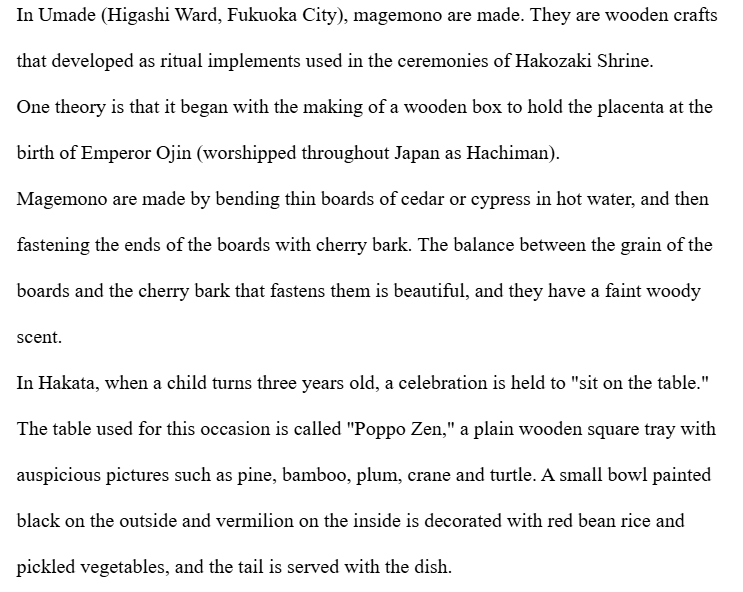
Please check here for the latest schedule .
Cover photograph provided by Fukuoka City.
